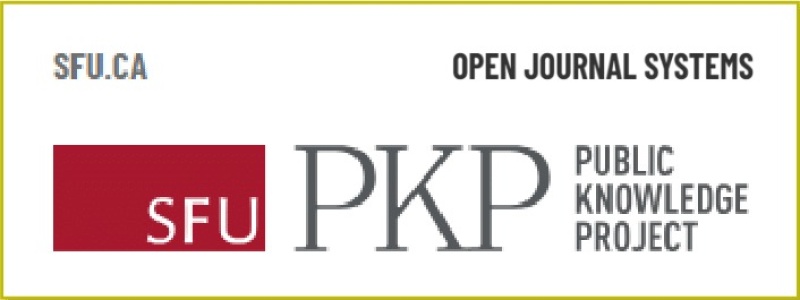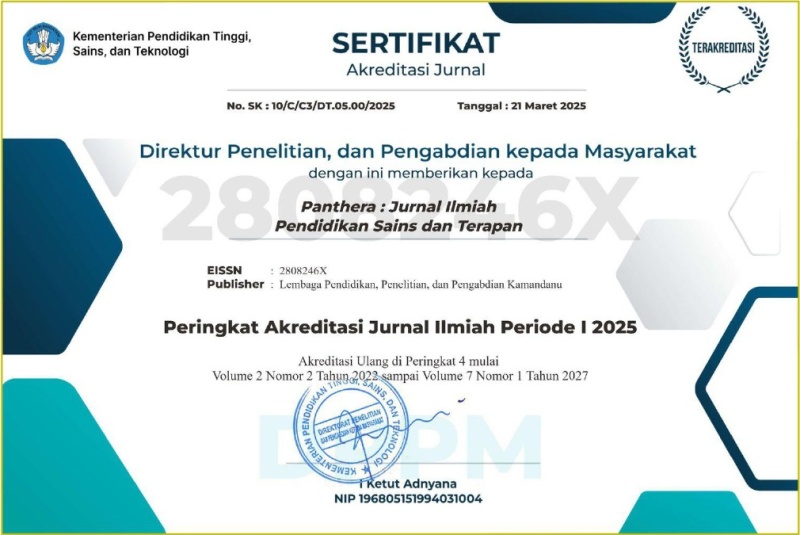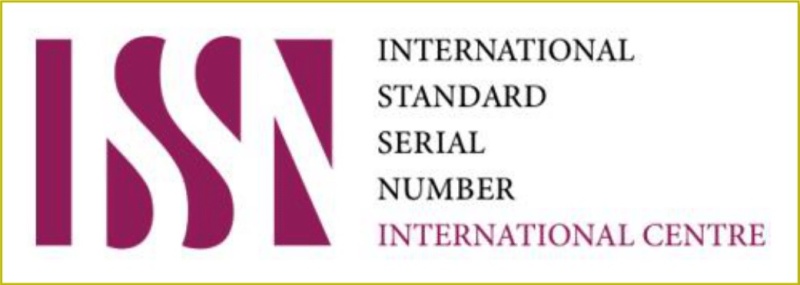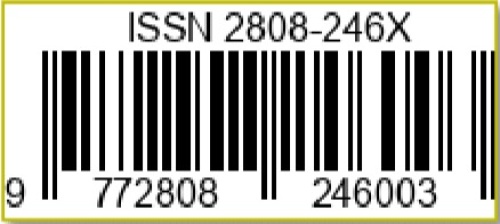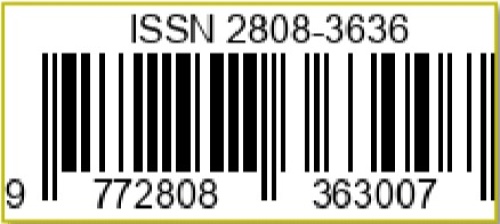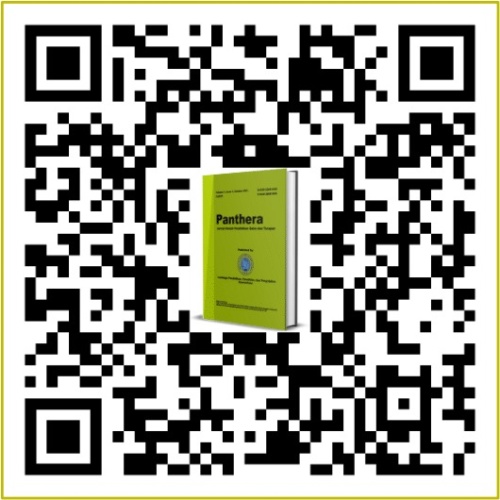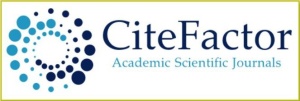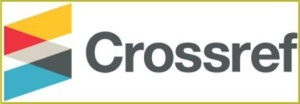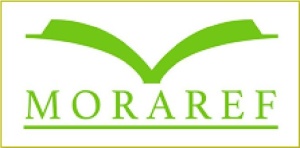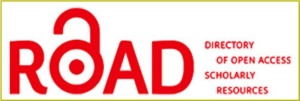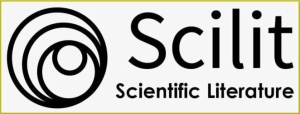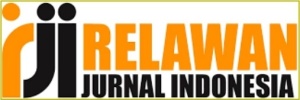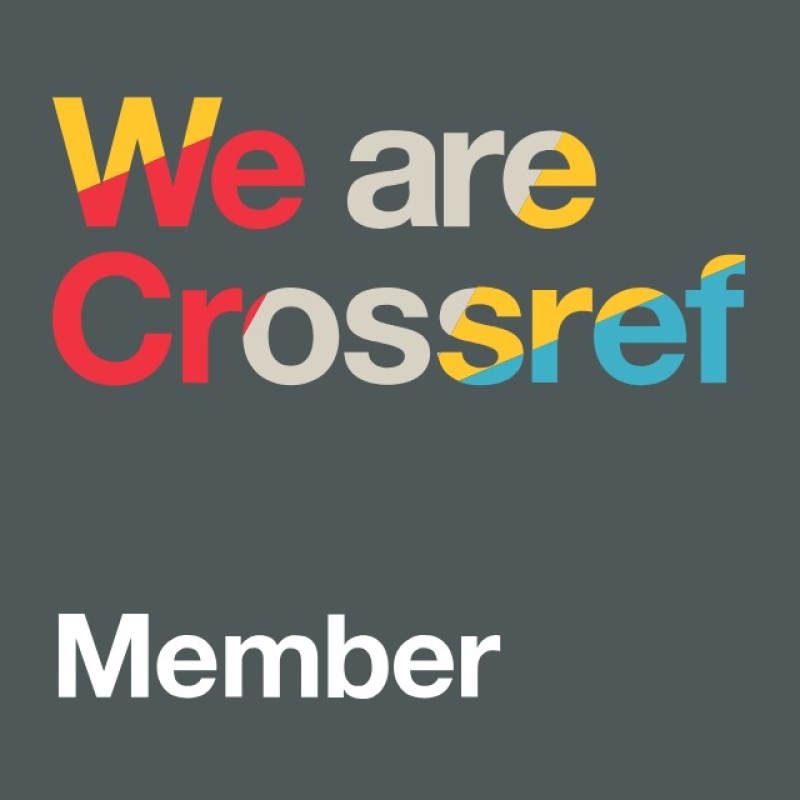Melatihkan Keterampilan Sosial Siswa Melalui Model Pembelajaran Kooperatif Tipe Numbered Head Together yang Mengintegrasikan Peer Assessment
DOI:
https://doi.org/10.36312/panthera.v5i1.353Keywords:
Social Skills, Numbered Head Together, Peer Assessment.Abstract
This study aims to develop learning tools that integrate peer assessment in a cooperative learning model of the numbered head together type to train students' social skills. The learning tools were developed using the Dick & Carey model. The learning tools developed were lesson plans, student books, student worksheets, learning outcome tests, and peer assessment sheets. The research data obtained were analyzed descriptively. The results showed that students' social skills for each meeting increased. Meanwhile, learning outcomes showed a significant increase compared to the values obtained during the pre-test.
Downloads
References
Adawiyah, S. R. (2022). Implementasi Model Pembelajaran Kooperatif Tipe Numbered Head Together (NHT) yang Mengintegrasikan Peer - Assessment untuk Meningkatkan Keterampilan Sosial Peserta Didik. Educatoria : Jurnal Ilmiah Ilmu Pendidikan, 2(3), 181-187. https://doi.org/10.36312/ejiip.v2i3.111
Anwar, M. S. (2022). Ketimpangan Aksesibilitas Pendidikan dalam Perpsektif Pendidikan Multikultural. FOUNDASIA, 13(1), 1-15. https://doi.org/10.21831/foundasia.v13i1.47444
Ardhoyo, T. (2015). Mengelola Komunikasi. Wacana: Jurnal Ilmiah Ilmu Komunikasi, XIV(1), 18-44. https://doi.org/10.32509/wacana.v14i1.88
Arends, R. I. (2008). Learning to Teach: Belajar untuk Mengajar. Yogyakarta: Pustaka Pelajar.
Awanis, D., & Yusnaldi, E. (2024). Pengaruh Model Pembelajaran Two Stay Two Stray terhadap Sikap Sosial Siswa Kelas V MIS Mutiara. Didaktika: Jurnal Kependidikan, 13(3), 3453-3468. https://doi.org/10.58230/27454312.894
Dewi, F. S., Dhafiana, N., & Rohmah, S. R. U. (2024). Melatih Keterampilan Sosial Siswa Melalui Permainan Tradisional pada Pembelajaran IPS di Kelas. Sindoro Cendikia Pendidikan, 4(6), 48-58. https://doi.org/10.9644/sindoro.v4i5.3317
Dick, W., & Carey, L. (2009). The Systematic Design of Instruction (Seventh Edition). New York: Harper Collins.
Efendi, I., & Safnowandi, S. (2016). Peningkatan Keterampilan Sosial dan Hasil Belajar Kognitif Siswa Melalui Metode Belajar Aktif Tipe GGE (Group to Group Exchange). JUPE: Jurnal Pendidikan Mandala, 1(1), 42-49. http://dx.doi.org/10.58258/jupe.v1i1.54
Johnson, D. W., & Johnson, R. T. (2002). Meaningful Assessment: A Manageable and Cooperative Process. Boston: Allyn & Bacon.
Noonan, B., & Duncan, C. R. (2005). Peer and Self-Assessment in High Schools. Practical Assessment, Research, and Evaluation, 10(1), 1-8. https://doi.org/10.7275/a166-vm41
Sluijsmans, D., & Prins, F. (2006). A Conceptual Framework for Integrating Peer Assessment in Teacher Education. Studies in Educational Evaluation, 32(1), 6-22. https://doi.org/10.1016/j.stueduc.2006.01.005
Zulharman, Z. (2007). Retrieved January 14, 2025, from Self dan Peer Assessment sebagai Penilaian Formatif dan Sumatif. Interactwebsite: http://zulharman79.wordpress.com/2007/05/29/self-dan-peer-assessment-sebagai-penilaian-formatif-dan-sumatif/

Downloads
Published
How to Cite
Issue
Section
License
Copyright (c) 2025 Siti Rabiatul Adawiyah

This work is licensed under a Creative Commons Attribution-ShareAlike 4.0 International License.
-
Attribution — You must give appropriate credit, provide a link to the license, and indicate if changes were made. You may do so in any reasonable manner, but not in any way that suggests the licensor endorses you or your use.
-
ShareAlike — If you remix, transform, or build upon the material, you must distribute your contributions under the same license as the original.

